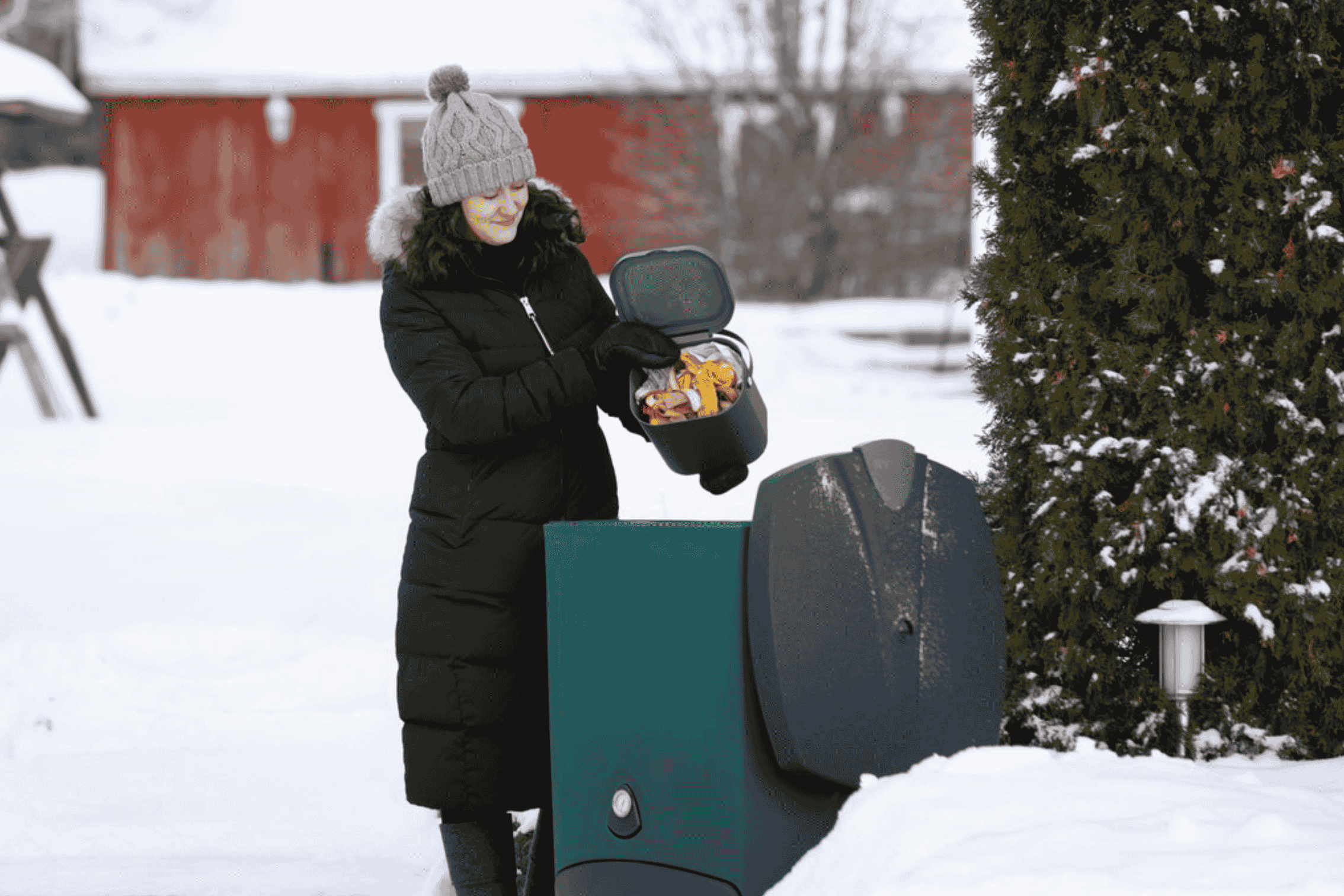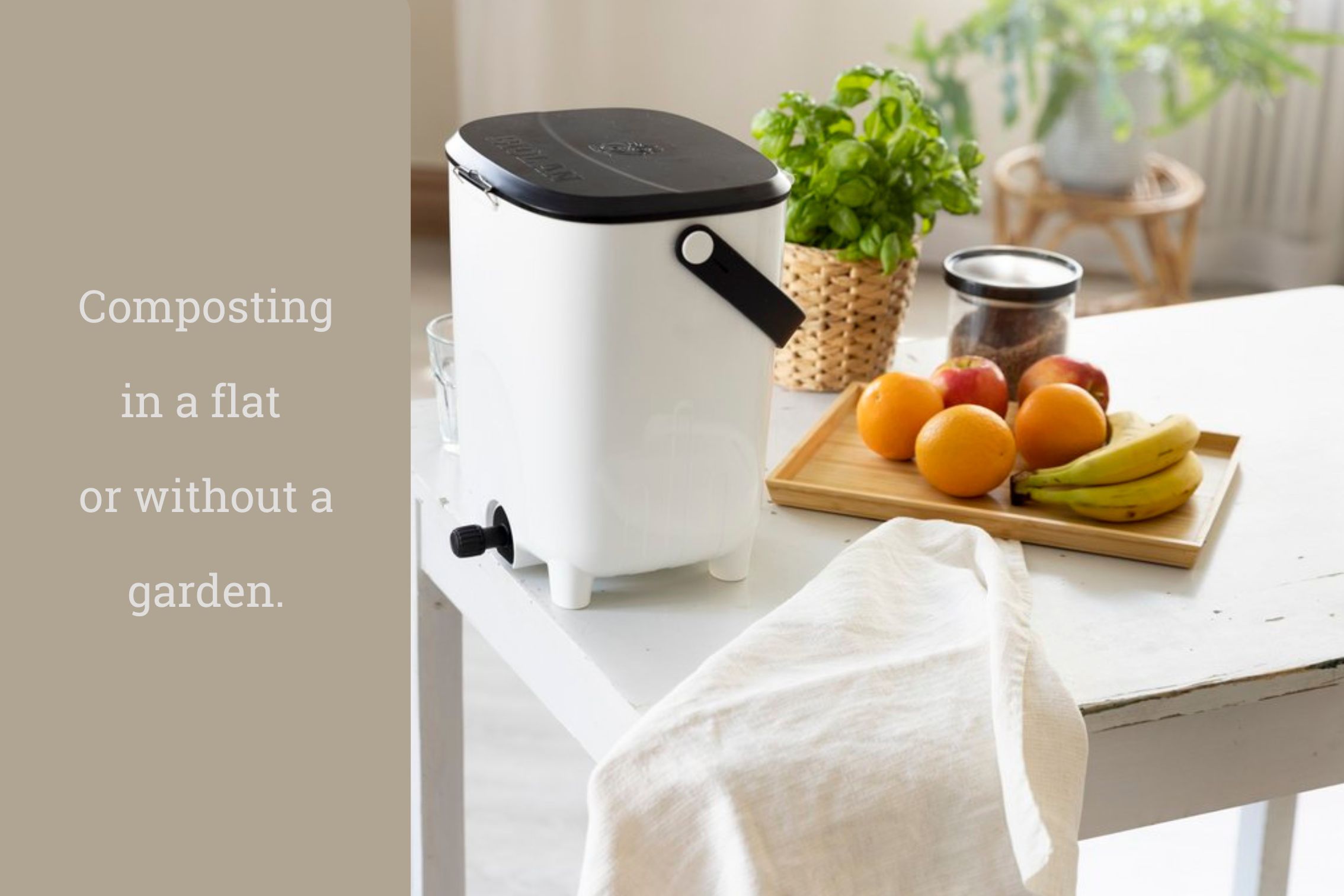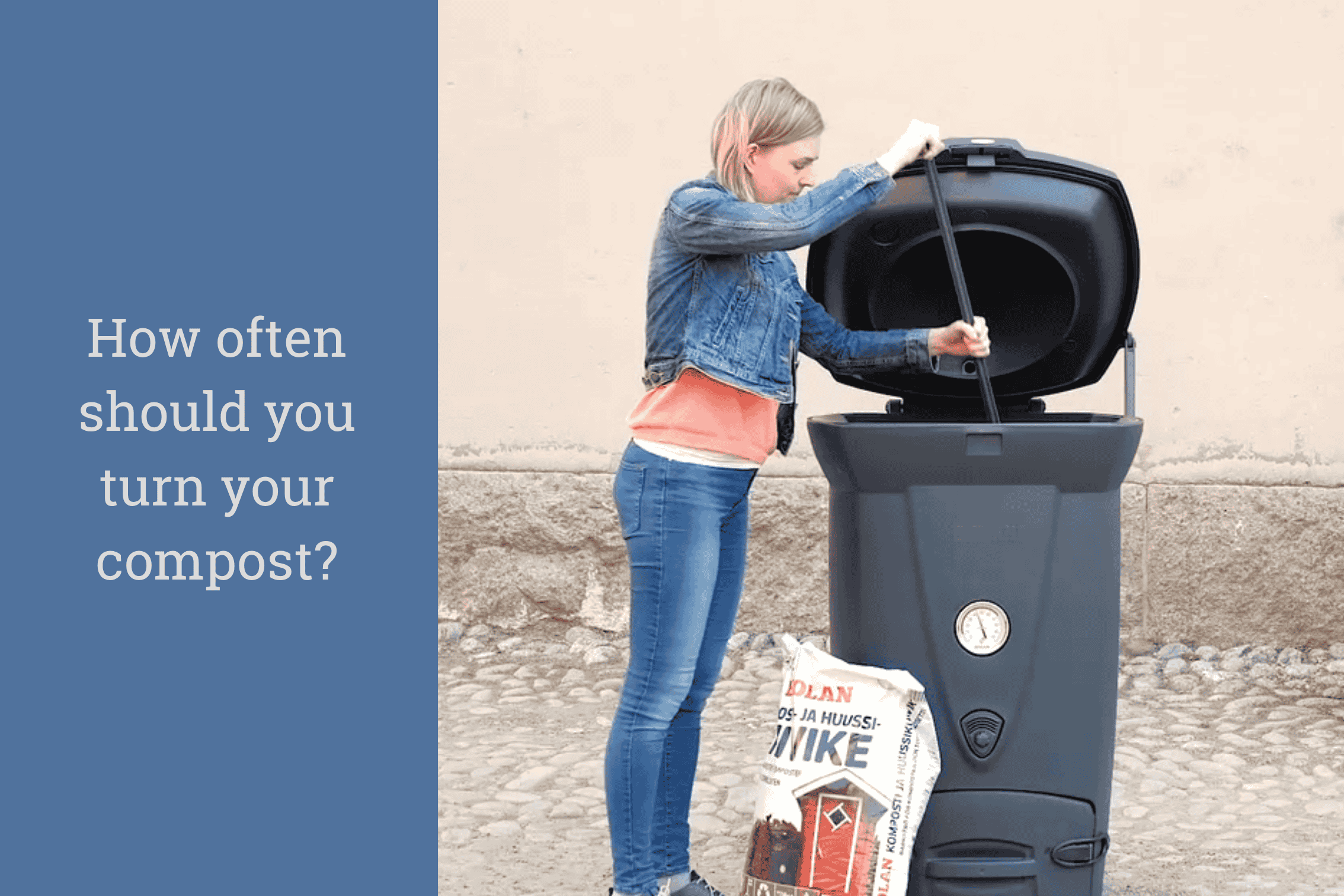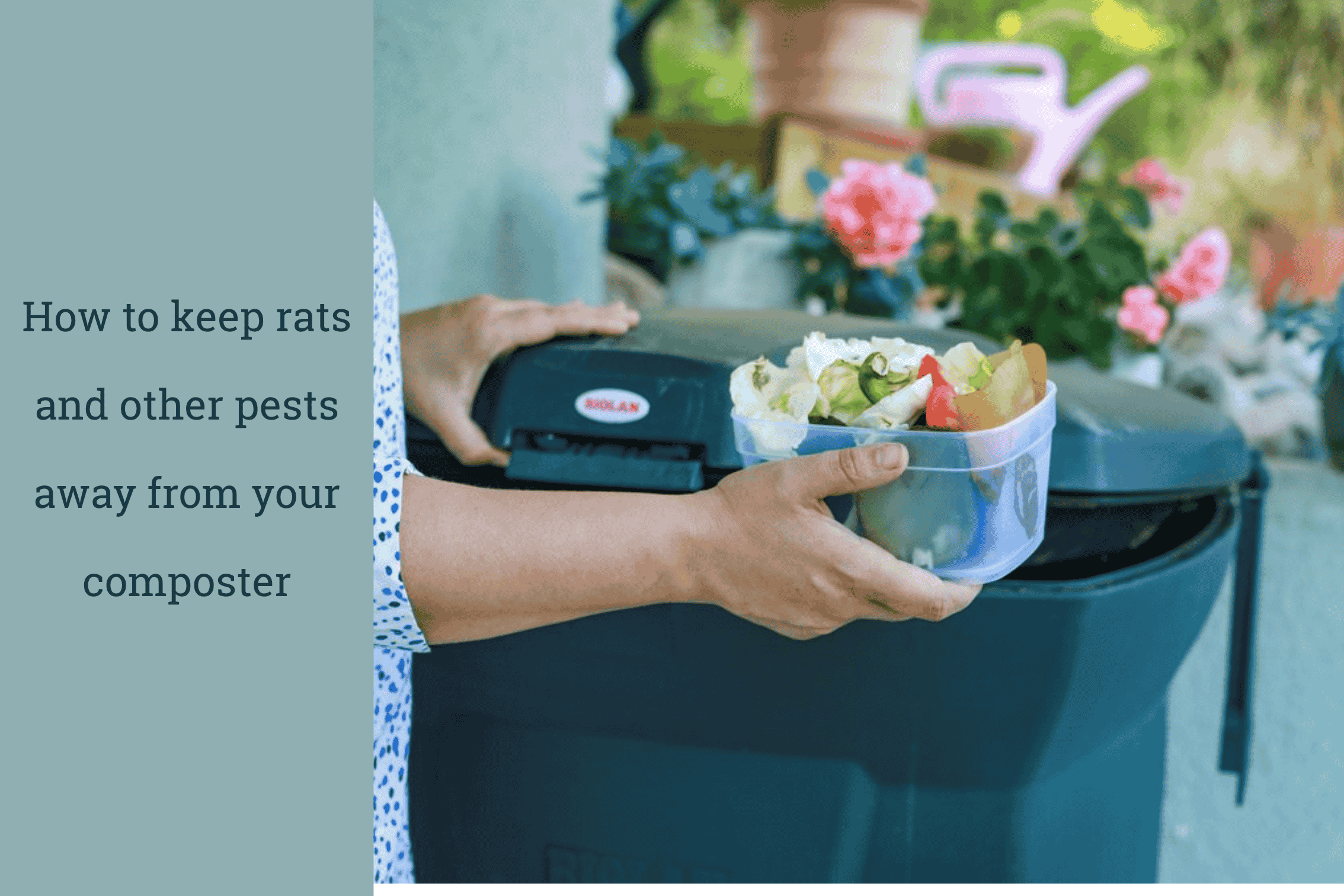.jpg)
How Do You Empty a Dry or Composting Toilet - and Is It Hygienic?
Wondering how to empty a dry or composting toilet? It’s simpler and more hygienic than you think—here’s how to do it safely, cleanly, and legally.
As more people in the UK turn to sustainable off-grid living, or simply want to reduce their environmental footprint, dry and composting toilets are becoming increasingly popular. But there’s one question most people ask before taking the plunge: how do you empty one - and is it hygienic?
In this blog, we’ll explain the emptying process for both dry toilets (like the Biolan Simplett) and Simplett Plus and composting toilets (like the Biolan Composting Toilet), and share tips on how to keep things clean, simple, and safe.
What’s the Difference Between a Dry Toilet and a Composting Toilet?
A dry toilet is a waterless system that collects waste without flushing, typically separating liquids and solids to minimise smell and improve ease of emptying. Solids are captured in a 28-litre removable container inside the toilet pedestal whilst urine is diverted away to another, smaller container. After any solids are “added” to the Simplett units, a bulking material is dosed on top of the solids, which helps to reduce odours and liquid. Dry toilets don’t compost inside the unit - waste is collected and then transferred to a compost bin or other waste management system.
A composting toilet, on the other hand, is designed to actively break down the waste into compost within the unit, over time. A bulking material is added every time the unit is used. These systems often have larger capacities and insulation to support the composting process all year round.
Emptying Dry Toilets: Simplett and Simplett Plus
The Biolan Simplett and Simplett Plus are simple, user-friendly dry toilets that use source separation (liquids and solids go into separate containers). They don’t require electricity or water, which makes them ideal for off-grid cabins, glamping units, or garden offices.
How Do You Empty a Dry Toilet?
Solids:
- Solid waste is collected in a removable inner container. When it’s full, you simply lift it out and empty the contents into an external composter such as the Biolan Quick Composter 220 eco thermo-composter.
- You can use a biodegradable bag in the container to make the emptying process quicker and cleaner. Just remove the bag and compost it separately from the waste for better airflow and decomposition.
Liquids:
- The urine container should be emptied regularly, especially in warmer months or if used frequently. It’s a 10-litre container.
- Always empty it before winter to prevent damage from freezing.
- If local guidelines allow, you can dilute urine 1:10 with water and use it as a nitrogen-rich fertiliser for non-edible plants. Alternatively, store it for three months before using it in the garden.
Extra Tip for the Simplett Plus
The Simplett Plus includes a built-in bulking agent container, (it looks a bit like the cistern at the back of a normal toilet). When you press the plunger on the Simplett Plus there is no flushing water, but bulking agent material is dropped into the solids pan. This helps keep the contents dry and reduces any smells. When it’s time to empty, lift the toilet pedestal lid, remove the waste container, and carry on as above.
Emptying a Composting Toilet: Biolan Composting Toilet eco
The Biolan Composting Toilet eco is a larger-capacity, thermally insulated system that supports the full composting process within the unit. This type of toilet is ideal for year-round use, including colder UK and Irish climates, and is a great solution for households, small campsites, or remote workspaces.
.jpg)
How Do You Empty a Composting Toilet?
Solids:
- The composting process begins in the unit, so you’ll only empty it once the material has partially or fully broken down.
- Typically, this takes 6 to 8 weeks, depending on temperature and usage levels.
- Only empty the composted, soil-like material - leave the fresher waste in place so the composting process continues.
- It’s recommended to only remove to the top level of the emptying hatch to maintain active composting conditions.
- If you are emptying more frequently than once a year “compost” from the unit should be transferred to an external compost container (e.g. eco 220 thermo-composter) for final maturing. Wait at least a year before using it around edible crops, or six months for ornamental plants.
Liquids:
- Excess liquid (known as seep liquid) drains into a separate container.
- This needs checking and emptying regularly, especially during initial use, when liquid production may be higher.
- As with dry toilets, diluted seep liquid may be reused in the garden if suitable - always check local guidance first.
Is Emptying Hygienic?
Absolutely -provided you follow a few basic precautions:
- Wear gloves when emptying any part of the toilet.
- Wash your hands thoroughly afterwards.
- Use biodegradable liners in the solids container for easier handling, especially with dry toilets.
- Clean the outer surfaces regularly with non-toxic household cleaners.
- Ventilate well - all Biolan toilets come with effective ventilation options (link) to minimise odours.
The Simplett range is particularly clean and easy to manage thanks to the separation of waste, while the Composting Toilet eco is designed to handle large volumes hygienically with minimal maintenance.
Final Thoughts
Whether you’re using a dry toilet like the Biolan Simplett or a composting toilet like the Biolan Composting Toilet, emptying is a quick and hygienic process when done properly. These toilets are designed with convenience and cleanliness in mind, and with regular upkeep they provide a sustainable, low-maintenance solution for your waste needs.
If you’re new to the world of off-grid toilets, start with a dry toilet for its simplicity. If you’re managing a higher footfall or want the full composting experience in one system, the eco model might be a better fit.
As always, check local council guidance on waste disposal and compost use - but rest assured, composting and dry toilets are perfectly legal and practical in most UK and Irish settings.
Further reading and useful links
Blog - Do Dry and Composting Toilets Smell?
Dry Toilet - Biolan SImplett Plus
OTHER POSTS IN THIS CATEGORY:

Yes, you can compost in winter! Learn how to keep your bin active during the UK's cold months with tips, tools, and winter-ready composters.

Tired of smelly bins? Learn how to compost in your flat usingan indoor Bokashi bins, and turn your scraps into garden gold - even without a garden.

Find out how often to turn your compost, why it matters, and simple tips to boost breakdown and reduce smells in your garden bin.

Keep pests out of your compost bin with smart tips on what to add, how to balance materials, and ways to seal and protect your setup year-round.
.png)
Insulated aerobic composters speed up decomposition, manage odour, and work all year. Learn how they retain heat, regulate airflow, and simplify compo
.gif)
Don't let bad smells put you off composting! A healthy compost bin should smell earthy. This post explains why compost gets stinky and how to fix it.



